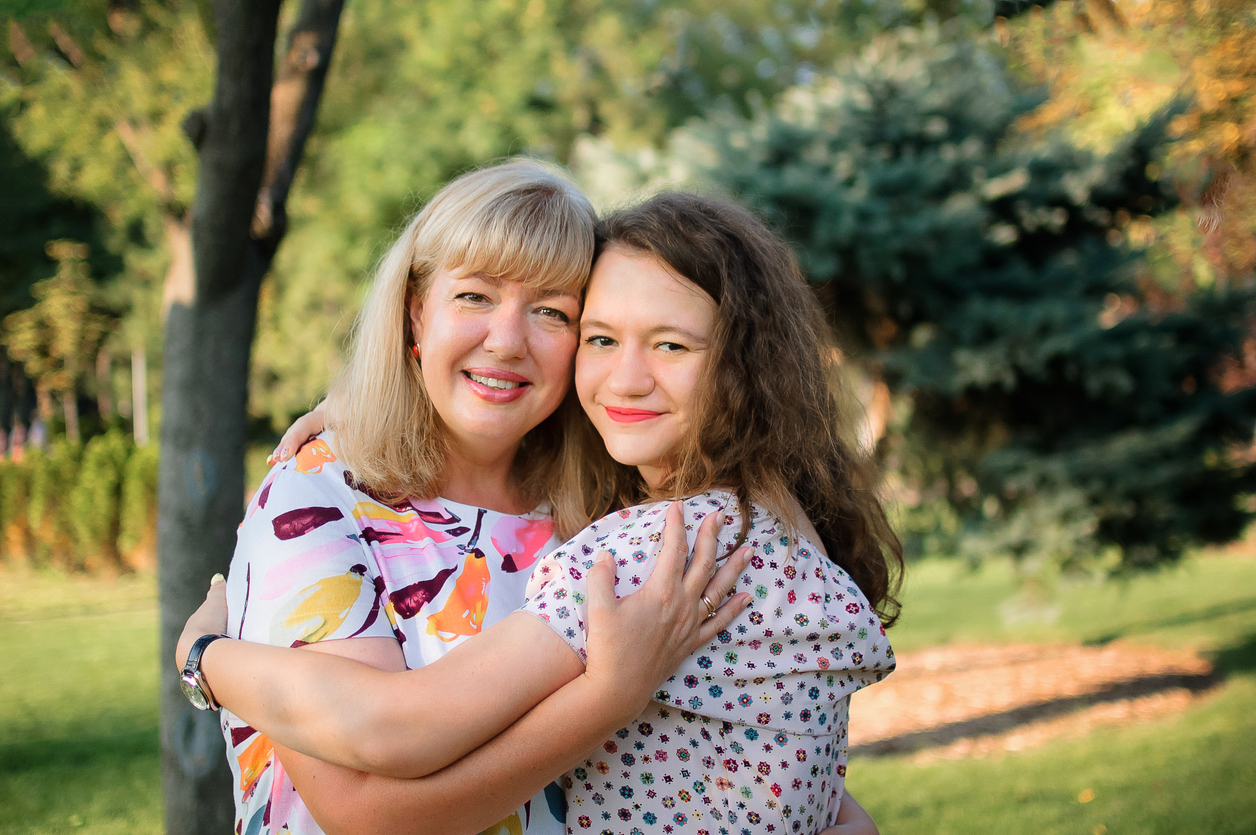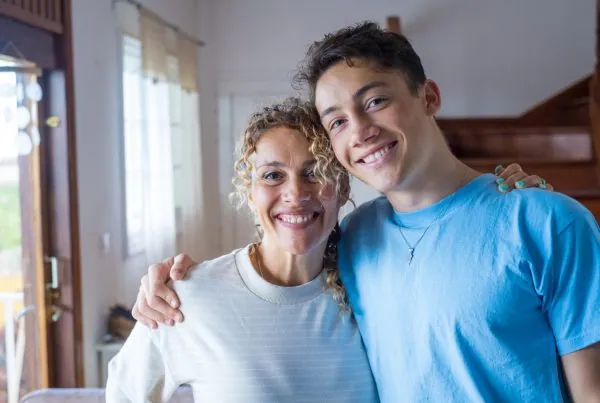Addictive drugs are dangerous substances. In addition to the financial and legal impact of an illegal dependence, nearly all addictive drugs contribute to short-term and long-term physical and mental health consequences, from decreased cognition and memory loss to severe organ damage and cancer.
Substances are especially dangerous to teens, who often have lower tolerances to these drugs, and get “hooked” much more easily due to an immature and developing brain. It is more than a little concerning, then, when surveys show that about one in 20 8th graders and one in 13 12th graders have admittedly used an illicit substance aside from marijuana in the past year. Even more worrying is the fact that about one in ten teens aged 16-17 have engaged in binge drinking in the past month alone.
First-time use does not cause addiction. But it’s important for kids to understand the effects that drugs can have, how they work, and why they’re so destructive. It’s also important to consider how to convey that message without making things worse. Anti-drug messaging rarely works, and too many anti-drug campaigns have resulted in the reverse of the intended effect.
It’s nothing new to suggest that keeping kids away from drugs (and drugs away from kids) is a good thing. But what actionable steps can parents and communities take to really reduce the rates of substance use among teens?
In this article, we’re exploring how to reduce substance abuse among teens.
It’s All About Reducing the Risk
What causes drug addiction? The truth is that there is no universal cause – but there are correlating risk factors that contribute to the likelihood of early use and continued drug use in teens.
These include stressors at home and in the environment, poor parent-teen relationships, victimization at school, a history of mental health issues, a family history with addiction, drug availability (based on the neighborhood, or drugs at home), and trauma.
We know from experience that you cannot scare teens into avoiding drugs. Most anti-drug PSAs only served to scare teens who weren’t going to be using drugs to begin with, while getting those who have had experience with drugs to do little more than roll their eyes, laugh, or walk out of the room.
Teens who have tried drinking or have had pot won’t take your campaign seriously when you warn them that their brain is being turned into scrambled eggs, when the worst they’ve had to deal with was a bad hangover or strange cravings.
But that doesn’t mean there’s nothing to be done. Examining the risk factors that contribute to substance abuse and addressing these problems – through counseling, better access to mental health programs, reducing the availability of drugs in the neighborhood, and destigmatizing mental health problems such as childhood trauma and depression – can help make a statistical difference in the amount of drugs teens take, and the rate at which they take them.
In addition to addressing the risk factors, it’s important to boost the protective factors. Protective factors are circumstances that generally improve a teen’s resilience to drug use and addiction. These include strong ties to the community, authoritative parenting (not to be confused with authoritarian parenting), no drug use at home (including drinking and smoking), and healthy coping mechanisms for daily stressors.
Teens are unlikely to get their hands on cocaine or crystal meth. But they are more likely to get their hands on party drugs, prescription medication (through friends or family), alcohol, and marijuana.
Effective Strategies for Reducing Substance Abuse Among Teens
Not all prevention-based programs are a failure. There are effective anti-drug campaigns, including ones that center around how drug use means more dependency, rather than the independence that teens crave.
Another angle that schools and communities have used effectively is to spend their time educating teens on how to save each other in the case of a medical emergency – educating teens in the use of naloxone (an opioid antagonist used to treat overdoses), explaining the signs and symptoms of alcohol poisoning, or rehearsing first aid.
In addition to arming teens with useful knowledge to prevent tragedies, these roleplaying events may also dissuade some teens from continued drug use, especially with reports about how more and more fentanyl overdoses are killing teens and adults alike.
Support mental health initiatives, including local political movements dedicated to expanding the budget on mental health education, counseling programs, mental health resources such as group and individual therapy, and local organizations that offer support groups for mental health issues (including addiction). These initiatives are important for teens who have nowhere else to turn to, and who might be the most likely to turn to drugs.
Tips for Parents and Caregivers
A parent’s role in preventing drug use cannot be overstated. Parents and caregivers can significantly impact their teen’s chances of drug use by nurturing their relationship with their teen, establishing clear rules and boundaries at home, and being a good role model when it comes to drug consumption and sobriety.
Risk-taking is a normal part of growing up as a teen. While parents cannot reasonably shield their teen from all risk, they can observe their teen’s behavior and actions, and be on the lookout for signs of teen drug use.
A teen’s life isn’t over because they had a few drinks before they turned 21. But drugs are a slippery slope, and there are countless individual reasons that may contribute to a person’s willingness or lack of resilience against drug use, whether between peers or at home. If you think your teen might be using drugs, then an early intervention is your best play.
Talk to them. Ask them about their habits. Avoid judgment or confrontation, so you don’t put them on the defensive and shut them down. Understanding the scope of your teen’s drug use is important to figuring out your next steps – whether that means sitting down with a counselor or thinking about serious drug addiction treatment.








